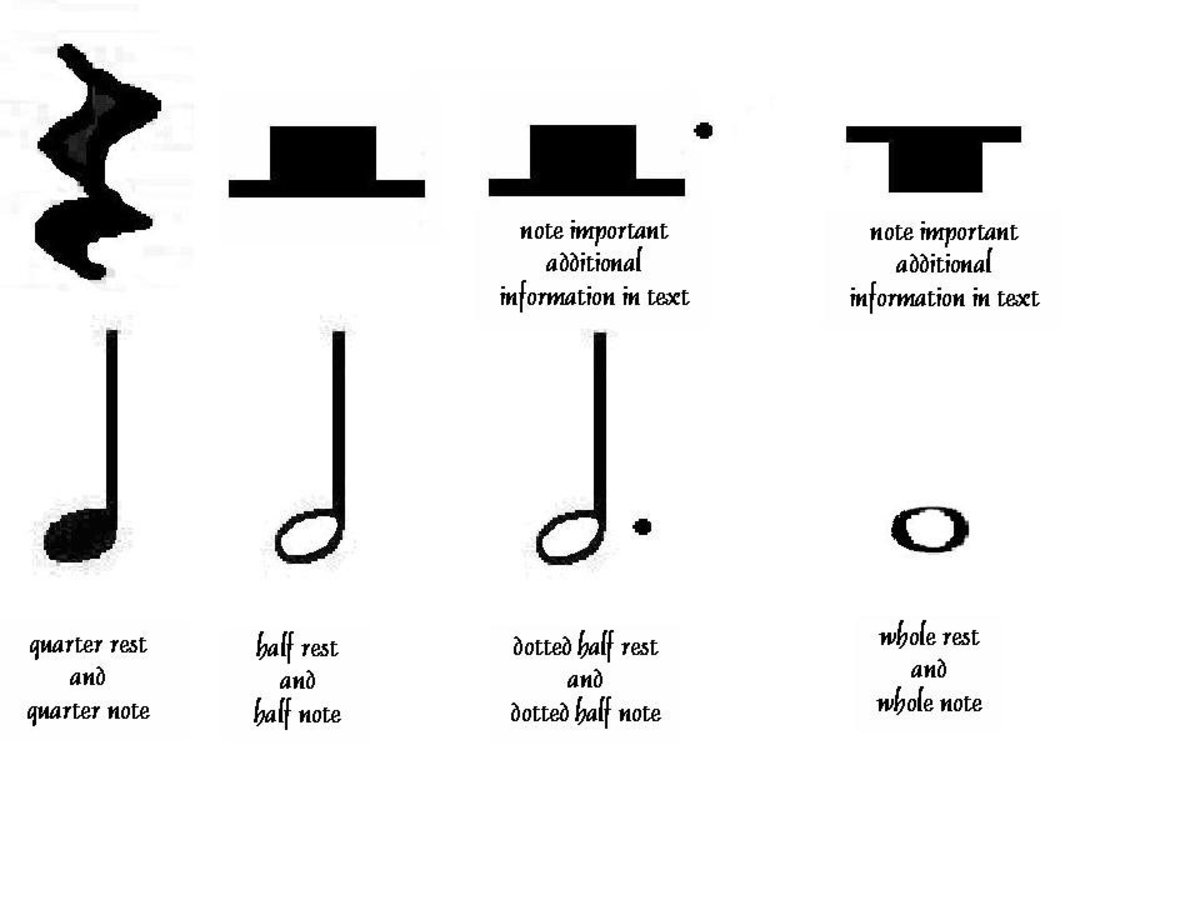What Time Is It? What Is Time? Is Time constant?
What Is Time?

Time Is Relative, Perhaps a Cousin, Or Father...
What Time Is It? It Is Relative To Where YOU Are!
Generally time is considered to flow in one direction. One is born, lives and dies. This can be in any combination of the three recognized essential components, Past, Present and Future, so that time flows from one to the next, or from one to the last, or from both to the next and to the last, or to neither at all. What our senses compel us to recognize is the articular arrangement of these components we have come to call the “forward-flowing arrow of time.” This is basically a measure of matter-energy exchange dictating that as things continue they dissolve.
The best device created by the hand of man for common interaction with this all-powerful force is the clock, a sequence of numbers arranged in a circle around a set of three hands that move from one point on the circle to another at regular rates. The most powerful type of clock is the atomic clock, the rhythm of which is regulated by radioactive decay internal to the mechanism. This makes it accurate at varying altitudes, where one must travel greater distances in a shorter amount of time to keep up with a fixed spot on the globe below. It renders time then relative to the speed of light, since the particles ejected by the unstable element will appear as a Doppler shifted wavelength of photons. The distortion will occur between the atomic clock and the position of an observer either before or behind it on its path above the planet, and this is a very nice little model for time.
Now imagine that you wish to count numbers; say, perhaps, you have grown tired of the atomic clock counting all the numbers. Nor is there any reason for you to count the numbers just like an atomic clock would, since you are not an atomic clock, you are a quite sane and rational human being, so you decide to count the numbers as fast as you can. You will quickly see that you can count faster than the atomic clock.
Now imagine that you can count asymptotically fast. Of course we know that this is impossible, but pause for a moment to consider why we think it so. I propose that the location of this particular idea is between the full set of ideas developed by and for our evolution, and the abyss of what is not known even in idea. Thus, it is possible, although it has never presented itself as an option in such a way as to impinge upon our survival selectivity and become a more common probability. On the other hand, for example, if we happened to build space crafts that were piloted by just such a method of counting, then it could be argued that, at least after several generations, we would begin to spontaneously mutate towards a mode of thinking more compatible with that method of comprehension, and would then be as comfortable with it as we are now with our atomic clock.
So, begin in this manner, then: watch the seconds tick past on the atomic clock and start to count asymptotically fast. At some point you will find that you are continuing to count, and the seconds on the atomic clock have wound down and stopped.
Well what has happened here? It would be reasonable to hypothesize that you had gone off onto on alternate timeline, leaving the timeline counted off by the atomic clock behind — if you can still call what you are in a timeline. You would have to say that it was an offshoot of the other timeline similar to the measure of depth transecting the measure of length, with one exception. Since your timeline is counted off in an asymptote, it only lasts one moment of atomic time, but since the asymptote can never reach an end, neither does that moment ever end.
What we are perceiving now is time flowing in a different direction. Both time lines count the same ultimate measure; it will be infinity on the clock before time runs out. The clock stops, your counting speeds up. Therefore they may just swap over, from one direction to the next, and continue on without more than a momentary break.
This, it seems, is similar to the geometric distortions to gravity around massive or phenomenally dense objects. If time-space encounters an impediment to its “forward” flowing momentum, it simply adjusts the angles of its coordinate system around it. Of course, what we are observing in the case of gravity is only the refraction of photons due to their impact with the force fields called gravitons that surround all physical objects prone to entropy, and it is, in that context, convenient to see relativity between the curvature to photon trajectories and the emanation of virtual particles by real particles as they contact other real particles or other virtual particles.
The idea of an alternate timeline having been introduced as a potentially common occurrence in the twisting and turning of the time stream, one can see immediately the ultimate implication such a concession to gravity lets in: the existence of infinite potential timelines, each leading to a different future, all occurring simultaneously within the moment, and, while this seems an accurate depiction of an event from the perspective of potential, we also know that probability intercedes to manifest possibilities which delimit the event and put it into a context which one then calls time. Without possibilities such as the atomic clock, one would not understand time in the linear way that we do. The asymptotic counting experiment has allowed us also to conceive of time as being infinite in potential.
Related Science Topics of Interest:
http://hubpages.com/hub/Microwave-Hyper-Quanta-Faster-Than-Light
http://hubpages.com/hub/Macroverse-VS-Microverse
http://hubpages.com/hub/The-Concept-of-the-Mind-Directing-Energy-in-Physics-Zero-Point-Energy-Field
http://hubpages.com/hub/What-are-Fractals-Why-Important
http://hubpages.com/hub/Retrocausality-Reverse-Causality-Today-Effects-the-Past
http://hubpages.com/hub/newbook
http://hubpages.com/hub/Why-Is-Noetics-Important
New Book Available: www eyeswideshutanenigma dot com or Enter ... ... "Eyes Wide Shut: An Enigma" into Google Search Engine -- Buy Direct and Save $$$








